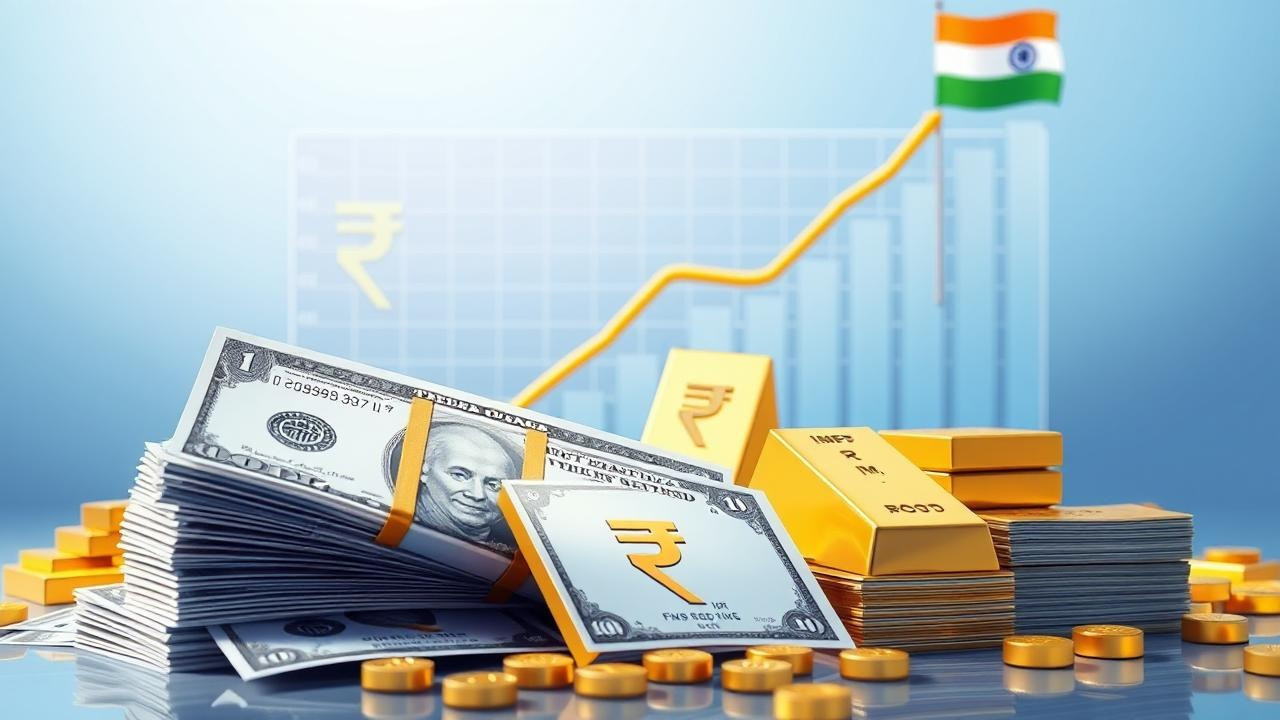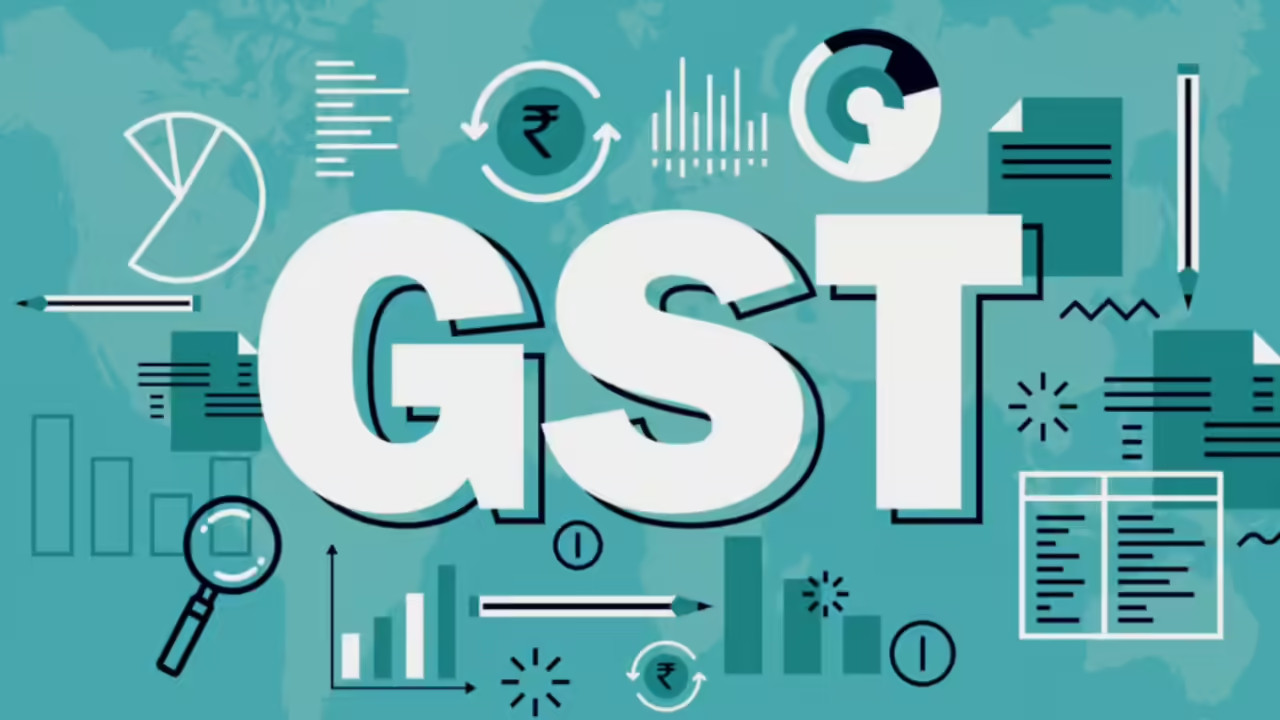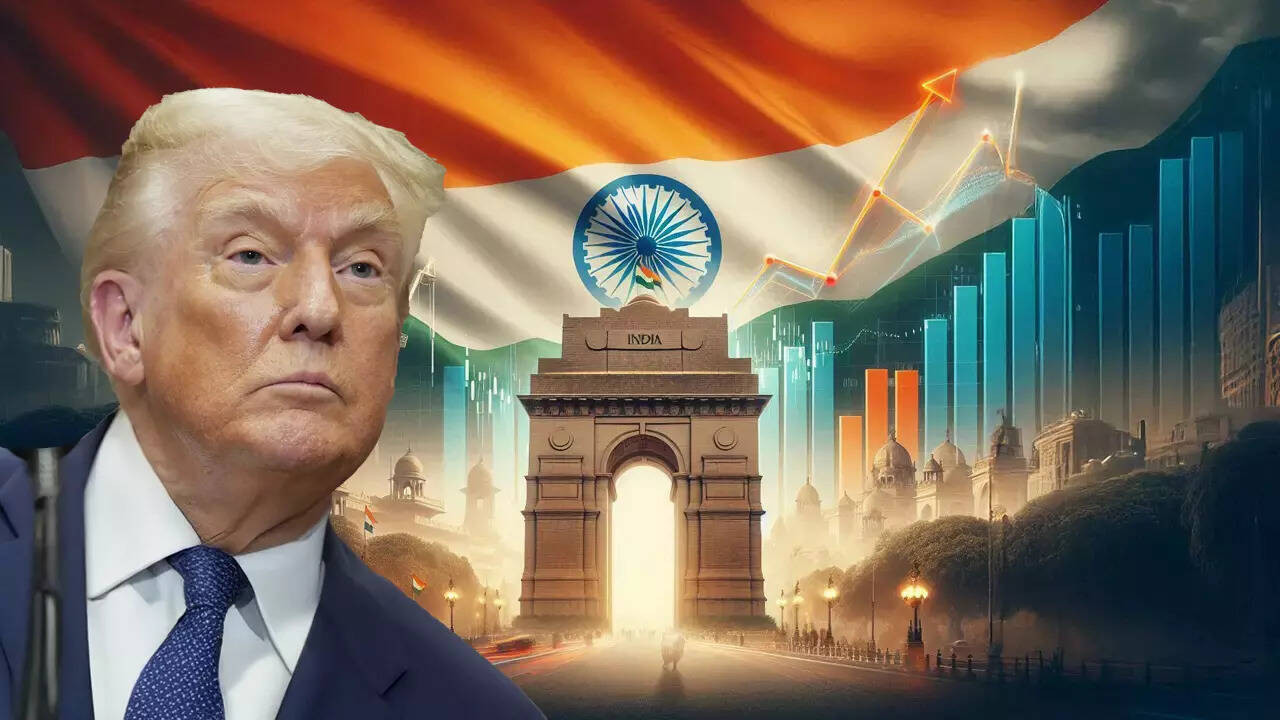A new paper estimates the US “quietly rakes in” $80-85 billion annually from India through sectors like education, digital services, and intellectual property, contrasting with Trump’s focus on the goods trade deficit. Factoring in these revenues, the US actually holds a $35-40 billion surplus with India, prompting calls for tougher trade negotiations amidst ongoing bilateral talks.
The Curious Case of the Indo-US Trade Tango: Deficit Whispers and Surplus Smiles?
Okay, let’s talk trade. Specifically, that swirling, sometimes confusing, dance between India and the United States. You know, the one where everyone’s got an opinion, and the numbers seem to shift depending on who’s doing the counting?
Recently, the Global Trade Research Initiative (GTRI) stirred the pot with some interesting observations about the US-India trade relationship. We’ve all heard the murmurs about America’s seemingly perpetual trade deficit, a concern often voiced in Washington’s corridors. But GTRI’s deep dive suggests a slightly more nuanced picture, particularly when it comes to India.
The core of the discussion revolves around the US complaining about its trade deficit. It’s practically become a national pastime, right? But GTRI points out that, hold on a second, the US actually enjoys a trade surplus with India. That’s right, a surplus! So, what’s going on here?
Well, it all boils down to how you slice the data. GTRI argues that when you look at the overall picture – goods and services – the US is actually coming out ahead. They’re selling more to us in total value than we’re selling to them. Think software, consulting, financial services – the kind of stuff that doesn’t always show up in headlines about manufactured goods.
Now, let’s be real. This isn’t just some academic argument. It has real-world implications. The US, fueled by deficit concerns, might be tempted to slap on trade barriers, tariffs, or other protectionist measures. And that could throw a wrench in the gears of our burgeoning economic partnership. Nobody wants that.
India is on a roll, and its economic growth is no secret. We’re becoming a more attractive market for American companies, and the US recognizes the potential here. But knee-jerk reactions based on incomplete data could stifle that potential.
The GTRI report highlights the significance of services in this whole equation. For years, India has been a powerhouse in the service sector. Think of all the IT outsourcing, the business process management – all that contributes significantly to our economic profile. But now, the US is also making its mark. And as the Indian economy matures, the demand for sophisticated US services is only going to increase.
The report also suggests the U.S. should take a closer look at the real culprits behind its global trade deficit rather than zeroing in on India. Are there other trade partners with whom the deficit is more pronounced? Are there internal economic factors driving the demand for imports in the US? Focusing on the larger picture may be more fruitful than hyper-focusing on one specific trade relationship.
Here’s where things get interesting: the narrative matters. How these numbers are framed, how the story is told, can influence policy decisions. If the prevailing view is that the US is being taken advantage of, you can bet that political pressure will mount to “do something about it.” Even if, in reality, the relationship is mutually beneficial.
So, what’s the takeaway? This isn’t a simple black-and-white situation. The Indo-US trade relationship is complex, dynamic, and constantly evolving. It’s a tango with multiple steps, feints, and twirls. Focusing solely on the goods trade deficit paints an incomplete, and potentially misleading, picture.
Instead, we need to recognize the importance of services, the overall trade balance, and the long-term potential of this relationship. India and the US are both major players on the global stage. Their economies are increasingly intertwined, and fostering a healthy, balanced partnership is in everyone’s best interest.
Instead of reacting to superficial numbers, let’s encourage informed dialogue, data-driven decision-making, and a genuine appreciation for the complexities of international trade. After all, a little understanding can go a long way in preventing unnecessary trade wars and fostering genuine economic growth. The US and India have a lot to offer each other, and playing the blame game based on incomplete information simply doesn’t serve either nation. Perhaps it’s time to change the record and focus on the harmonious tunes that can be played when two economic powerhouses dance in sync.
📬 Stay informed — follow us for more insightful updates!







